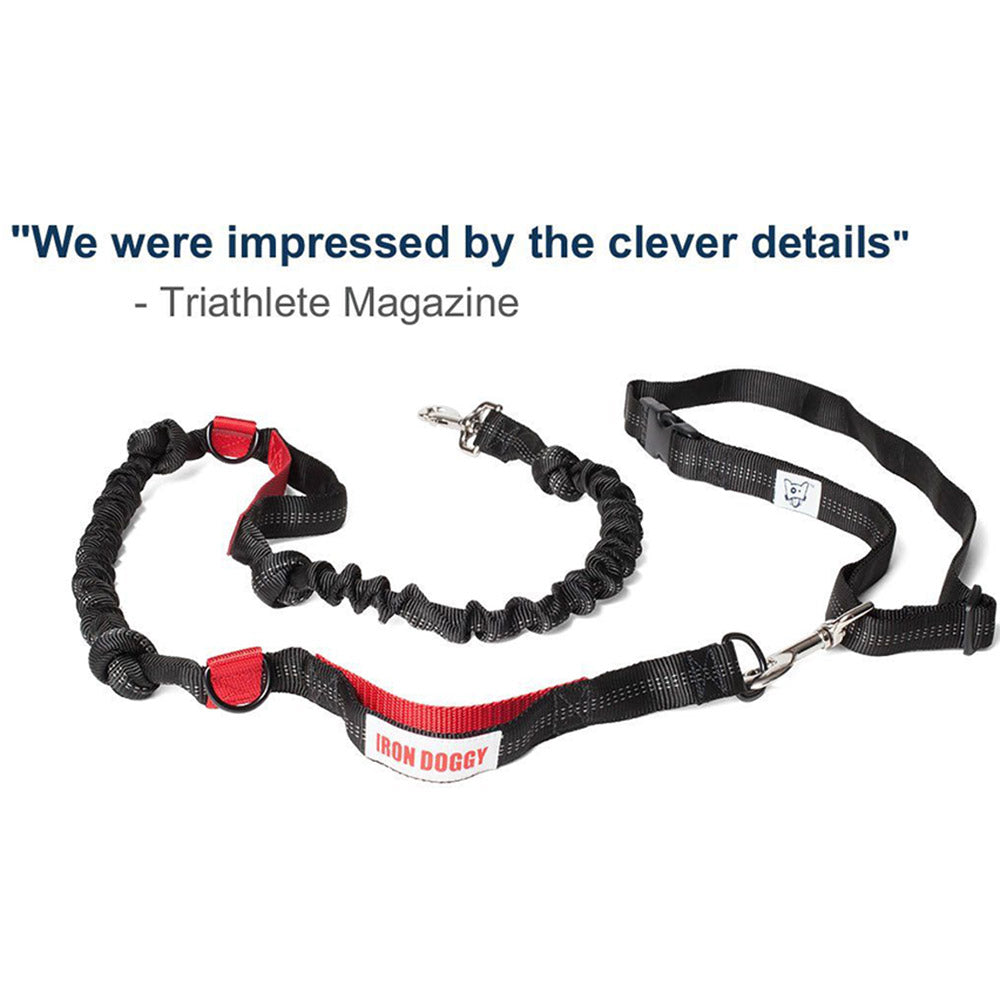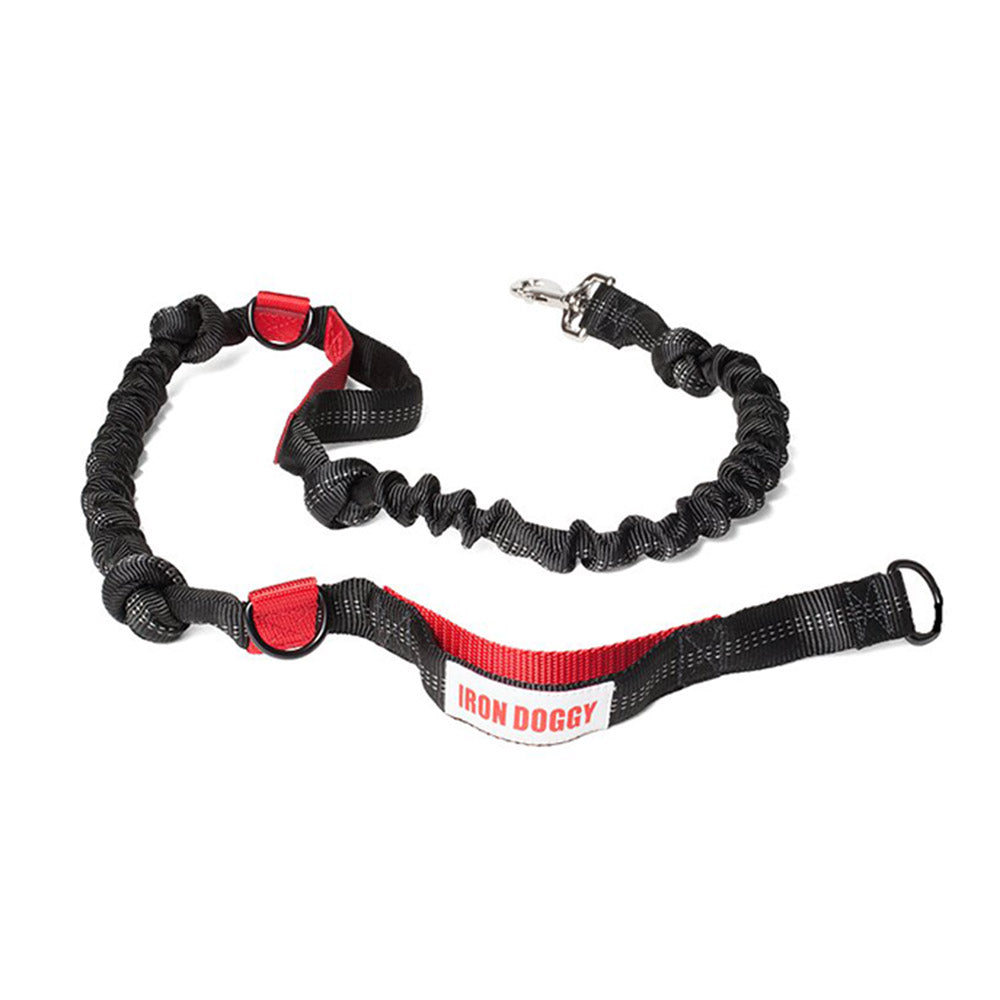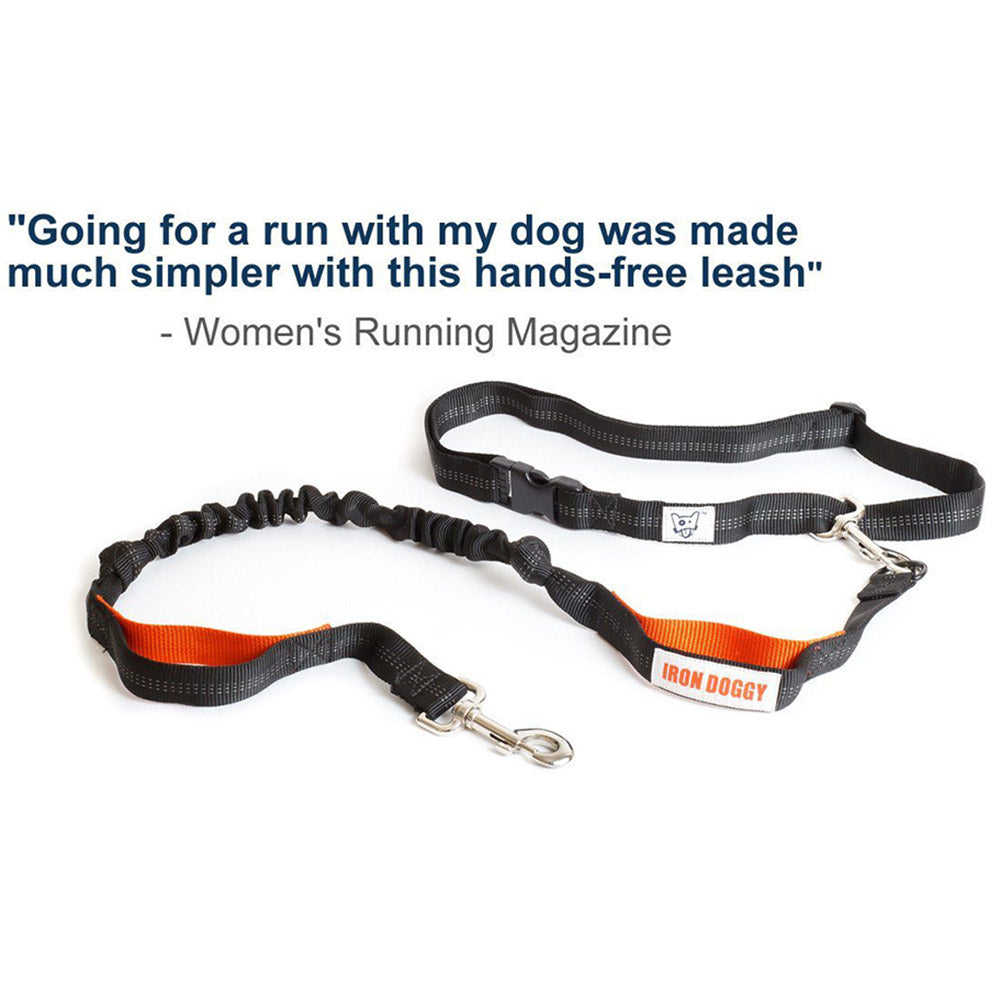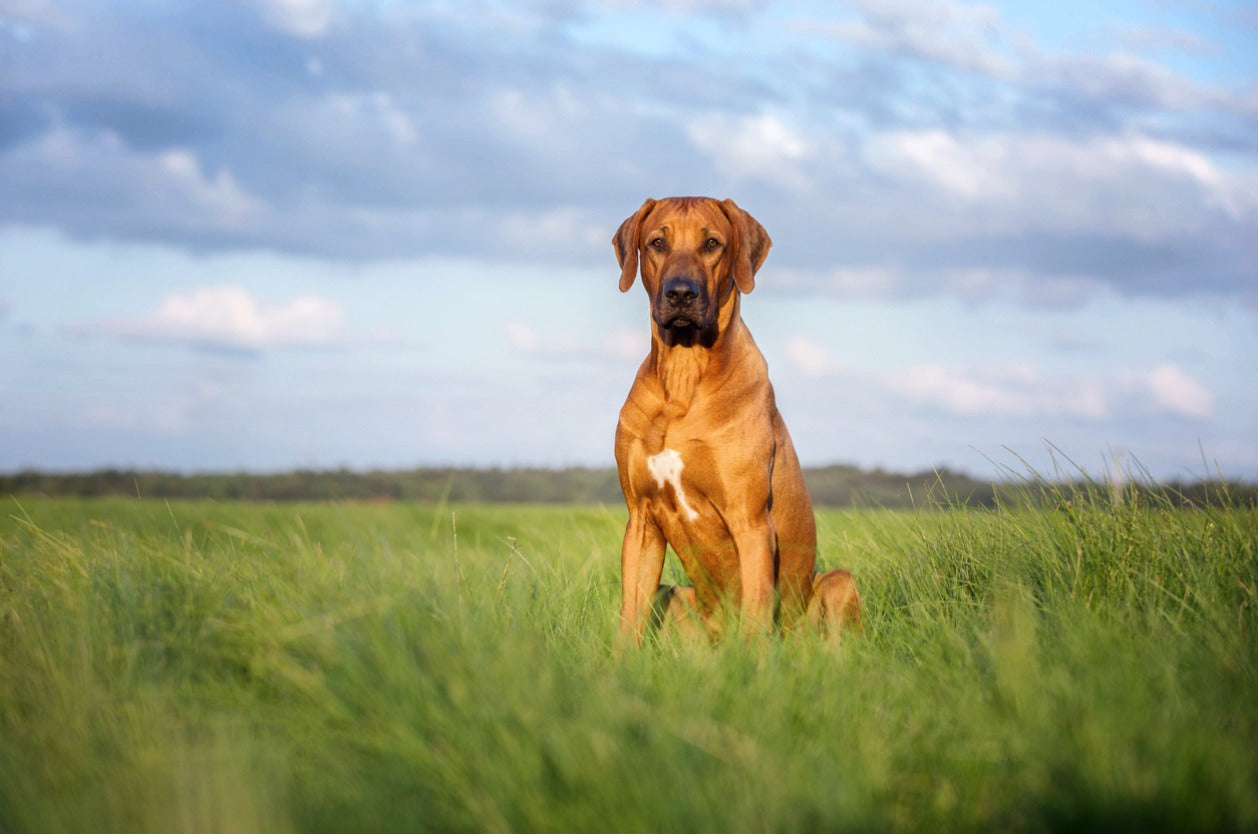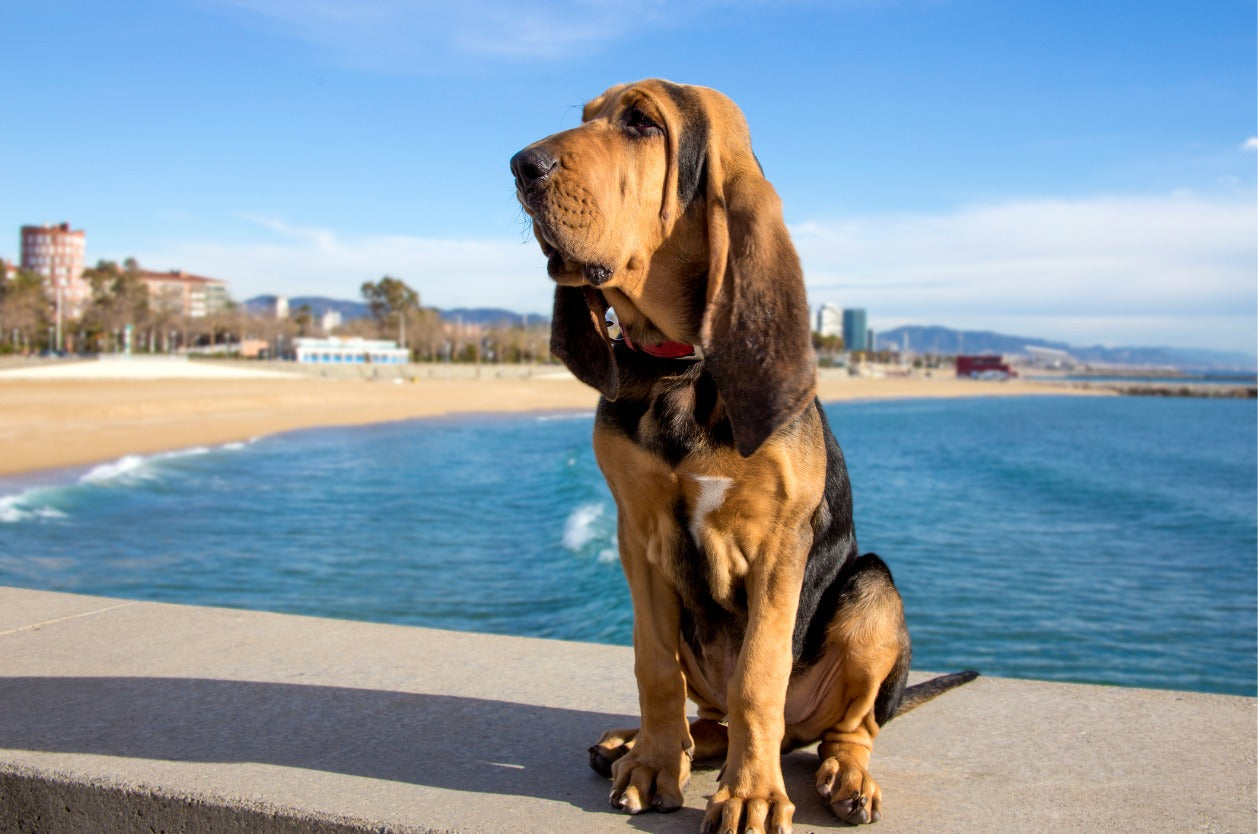
Dogs and their humans can pick up some poor behaviors while learning to work as a team. Here are seven bad habits you'll want to avoid when leash-training a new dog.
1. Forgetting the Rewards
Would you go to work every day if you weren't getting some kind of reward? Well, neither should your dog! Your pet's rewards come in the form of treats (toys often work better for less food-motivated pups), pats, and praise. So don't forget the treat pouch or favorite toy when you start leash-training a new dog.
Also, remember to verbally praise and pet your pooch when she's doing something right. Your happy tone and loving touch mean as much as even the yummiest treat to your four-legged best friend.
2. Ignoring You on a Walk
Does your dog find everything around him so intriguing that he treats you like an annoying weight at the end of his leash? Then you probably haven't taught him the "watch me" command. This simple command will help him focus more on you and less on distractions during a walk. It also improves his responsiveness to other commands. After all, if he isn't looking at you, he probably isn't listening to you either!
Teaching the "watch me" command when leash-training a new dog is pretty simple. Just stock up on yummy treats and start someplace fairly boring inside — you want to be the most interesting thing in the room. A hallway is a great place to start. As he gets better at watching you, you can move to other rooms with more distractions, the backyard, the front yard, a quiet street, and finally on a regular walk.
With patience and regular practice, your dog will stay so focused on you during walks that he will handle all kinds of other distractions with ease. No more ignoring you in favor of a strange dog, squirrel, or blowing leaf!

3. Ignoring Your Dog on a Walk
If you're more engaged with your phone than you are with your dog, you're asking for trouble. Your focus should be on your dog and the surrounding environment during a walk. That way, you'll see potential problems in time to avoid them and be able to correct behaviors before they become bad habits.
4. Lunging & Pulling
Now that your dog is no longer ignoring you, it's time to work on all of that pulling and lunging. You're supposed to be taking your pooch for a walk, not the other way around! Besides the danger to you from a torn shoulder muscle or a faceplant on cement, a lunging dog is a danger to anyone in the vicinity. If you're using a collar, all of that pulling or an especially strong lunge can also injure your dog.
You've probably noticed her hacking when she's pulling against the collar. It's putting pressure on her esophagus and thyroid gland. Constant pulling or jerking can also cause eye, ear, and nerve damage.
While you're working on better obedience when leash-training a new dog, one quick and safe way to put a stop to lunging and pulling is to invest in a no-pull harness. With these harnesses, the leash is clipped to the front of the harness rather than the top. Every time your pup tries to pull or lunge, that front attachment curves her shoulders and front legs to the side and slightly off balance. And it's really hard to pull or lunge forward from that position!

5. Barking Incessantly
Some dogs bark — a lot! If your pooch is barking at everything that moves during a walk, It can get old very quickly. So, how do you get him to walk quietly beside you? Obedience work, of course. A dog that is listening to his human and following commands is generally too busy to bark. Especially when his mouth is full of the rewards he's earned! Avoiding busy areas until your dog learns to enjoy crowded paths helps, too.
6. Mouthing or Biting the Leash
A leash that is dangling in front of your pet's face is generally seen as either an annoyance or a toy. An annoying leash flopping around your dog's face will probably be snapped at or bitten. On the other hand, a young or playful pup might see it as a new toy being dangled in front of him. Oh, joy! A new toy to mouth and play with and carry around proudly!
In either case, this is a behavior you want to discourage when leash-training a new dog. The best way to do that is to prevent the problem in the first place. Always try to keep the leash loose and behind the dog's head. Work on loose-leash walking and reward your dog before he starts chewing the leash.
7. Not Enjoying the Walk
Dog behavior experts claim that a dog will burn as much energy on a 10-minute loose-leash walk where he is allowed to sniff around as he would during a 30-minute walk where he has to heel. Dogs explore their world mainly through their noses. Their extraordinary sense of smell is much greater than that of humans. Dogs have between 200 million and a billion odor receptors compared to our measly five million!
To communicate with dogs who will come after him, your hound will mark his trail by frequent urination. It's how a dog lets other dogs know he's been there and those few drops of urine (doggy 'p-mail') hold a wealth of information he's sharing with other dogs. They'll know his sex, reproductive status, age, size, health, and even his mental state from sniffing the message he's left.

Hopefully, these seven tips for avoiding bad habits will help both of you enjoy your walks more. For even more tips on being active with your four-legged partner, visit our Dog Blog. Be sure to let us know if this listicle has helped you and your doggy enjoy your walks more, too. We love it when dogs and their best friends send us a woof!

